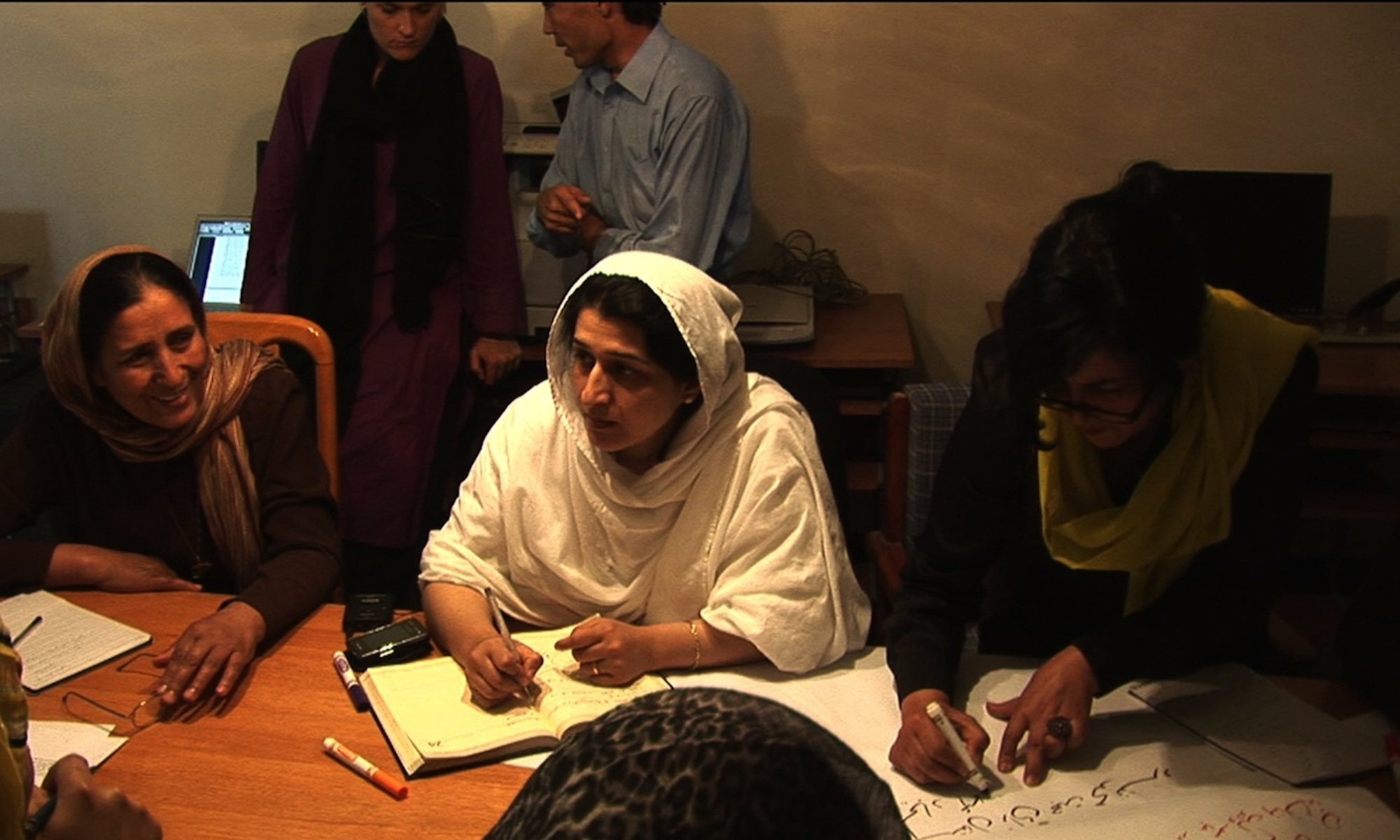This article argues that nonviolent resistance should instead be seen as an integral part of conflict transformation, offering one possible approach to achieving peace and justice, alongside other methods of conflict intervention focusing on dialogue, problem-solving and the restoration of cooperative relationships (e.g. mediation, negotiation, restorative justice, etc.). It is especially relevant for the early transitional stage of latent asymmetric conflicts, as a strategy for empowering grievance groups (oppressed minorities or disempowered majorities) looking for constructive and efficient ways to attain justice, human rights and democracy without recourse to violence. While nonviolent techniques have been widely used by single-interest groups such as trade unions and anti-nuclear, indigenous or environmentalist movements, this article refers primarily to nation-wide campaigns by identity or national groups who are challenging internal oppression or external aggression and occupation, and seeking either self-determination or civil rights in a truly democratic and multicultural state. Although nonviolent action has also been advocated as a national strategy of civilian-based defence and dissuasion against external aggression, this article focuses more specifically on ways it has been applied by non-state actors such as social movements and grassroots organisations.

INSCT Postconflict Research Database
The Institute for National Security and Counterterrorism's Postconflict Research Database & Analysis Project stores cross-indexed bibliographic information on hundreds of journal articles, books, book chapters, and case reports that address the broad, interdisciplinary fields of postconflict reconstruction, stabilization, and peacebuilding.
39 Replies to “Nonviolent Resistance and Conflict Transformation in Power Asymmetries”
Comments are closed.